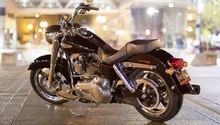Harley Davidson Softail: General Information and Recommended Maintenance Schedule
The Softail is a longtime staple in the MoCo lineup for many reasons. From its styling to its comfort, the Softail has something to offer everyone!
This article applies to all Harley Davidson Softail models (2000-2015).
The Softail is a favorite for many Harley riders. The classic hardtail styling is very easy on the eyes, and if we were all honest with ourselves for just a moment, we'd admit that it is important for our bikes to look good.
The Softail is a different machine than the Dyna, Sportster, or Touring bikes. The first difference that you'll see is that, unlike the other bikes mentioned, the Softail does not have visible rear shocks on either side of the rear fender. This was done to preserve the classic lines of the hardtail choppers that so many of us know and love. Because of this, there are some differences on the mechanical side of things, and we will discuss those shortly. To find out more about how to the Motor Company was able to do this, read on!
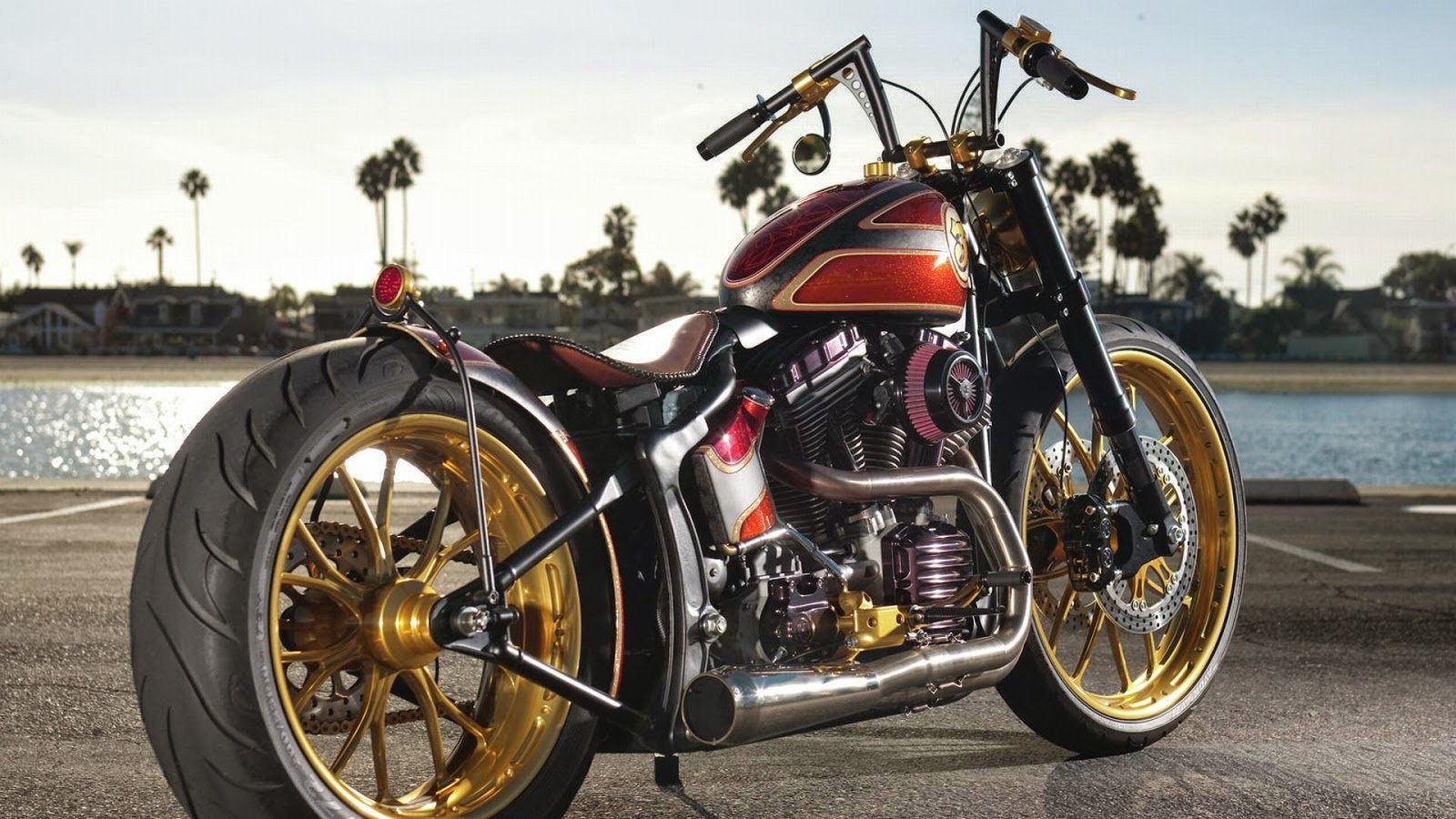
What Makes it a Softail?
Softail Rear Suspension
On a Softail, the rear shocks have been moved from being outboard of the rear fender to directly under the frame of the bike. By using a triangular shaped swing arm attached at a hidden point of the frame, the Softail is able to relocate the shocks from their conventional location and give the bike that clean hardtail chopper look we all love!
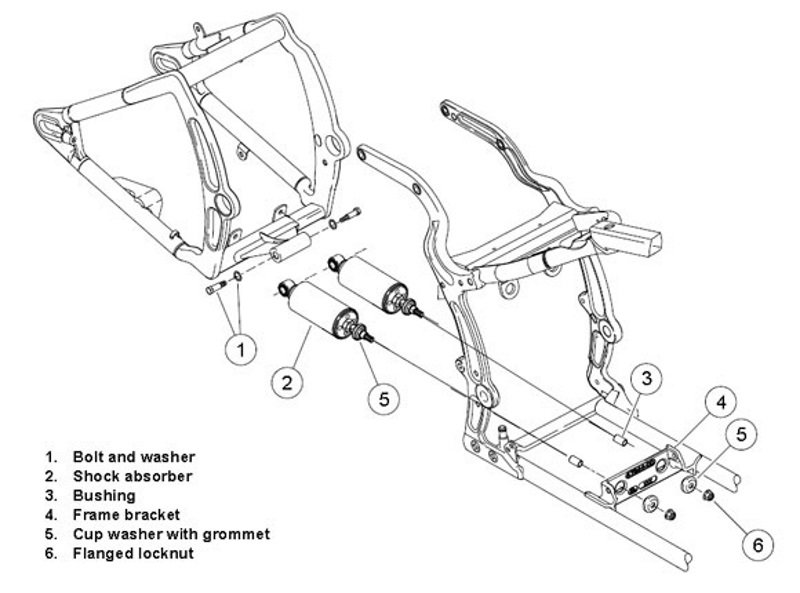
Front Suspension
The Softail uses a standard dual hydraulic fork front suspension with two triple trees for strength and rigidity. The hydraulic suspension is great at absorbing bumps and performs well in all riding conditions. The aftermarket provides options if the factory hydraulic setup is not to your liking. Some owners prefer the adjustability and comfort of an air ride suspension. Others find performance oriented forks, such as the Progressive Monotubes, more appealing for there increased resistance to "bottoming out" and improved stability. Last offered in 2006, the Softail Springer uses a modern interpretation of the classic leading link springer front end, though now with a hydraulic shock absorber mounted at the top for a proper 21st century ride.

Figure 3. The front suspension on a typical Softail. 
Figure 4. Harley Davidson Softail Springer.
Frame
The Softail frame was not originally designed by Harley Davidson, but by Bill Davis. Bill Davis was able to mimic the length and angles found on the hardtails frame, while also providing the rider with a rear suspension through the use of his innovative swing arm and under mounted shock design. The design was bought by Harley Davidson in 1982 and quickly became a favorite among Harley owners.

Engine
To maintain the Softail's traditional frame structure, the engine is rigidly mounted to the frame, unlike Dyna models. The result is engine vibration transferring to the rider. In the year 2000, Harley Davidson developed the Twin Cam 88B engine. This engine includes twin chain driven balance shafts that counter the engines vibrating effects. Harley has continued to increase the Softails' engine size over the years and a 103 cubic inch engine is now offered that creates over 75 horsepower to the rear wheel.
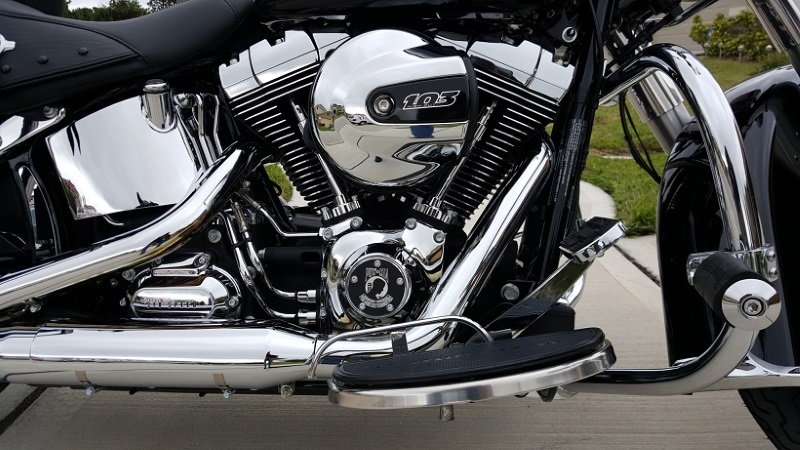
Scheduled Maintenance
The key to keeping your Softail in like-new condition is following Harley Davidson's recommended service intervals. Each model year may have differences between the the models before and after, so be sure to consult your model years' owner's manual. A basic maintenance schedule for the Softail is available here, or in your manual. A copy of your manual can be downloaded for free directly from the Harley Davidson website here.
Common Questions
Why buy a Softail over other models?
A Softail incorporates Harley's traditional hardtail design without sacrificing rider comfort. For many Harley riders, this makes the Softail the best looking chassis currently offered by the Motor Company.
Why is the Softail considerably more expensive than the Sportster?
The Softail overall is a larger, longer motorcycle than the Sportster and uses larger engines. The Sportster was for years the low-cost leader in the Harley lineup, and is priced to attract buyer who eventually will move up to the big twins. The Softail is a bike unto itself, with a lot more power, style and features than any Sportster.
Is there a large aftermarket support for the Softail?
Yes! Nearly every component on your Softail can be customized to your liking. If you are striving for more performance, the V-Twin engines power output can be increased with engine tuners, intakes, and exhausts. The suspension can be modified to focus more on comfort or performance, depending on your needs. Practically every part is available in chrome from the aftermarket, or direct from Harley, and customization options are literally endless.
Common Issues
Cam Chain Tensioner
If you are looking to buy a bike made between 1999 to 2006 with the Twin Cam 88 motor in it, be aware that there are serious cam chain tensioner issues with these. Take a good long listen to the motor running if you don't have a full service history for the bike. The solution is a replacement cam chain tensioner with hydraulic instead of spring tension, or gear drive cams. If you don't fix this, be sure to check the tensioner shoe for signs of excessive wear every 15,000 miles. You can read more about this serious problem here.
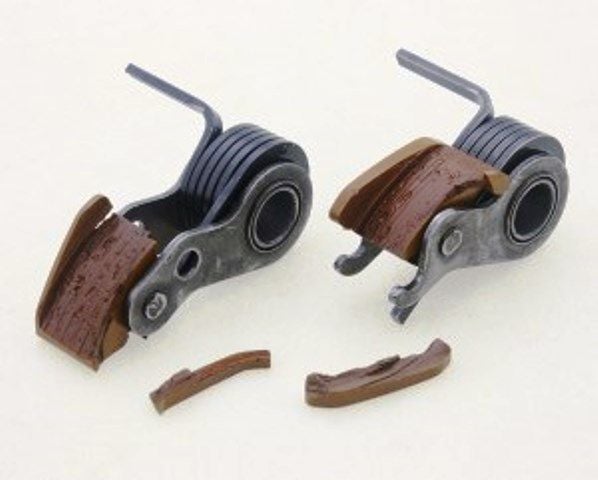
In 2007, over 50,000 thousands motorcycles were recalled (many of which were Softails) for a possible electrical short. The positive battery cable may come into contact with the oil tank, leading to oil tank damage and possibly a fire. Dealers have been addressed and are resolving the issue by installing a protective cover around the cable.
Improperly Retained Front Acorn Nut
In 2009, Harley recalled 11,000 motorcycles that included the 2008 to 2009 FLSTSB for an improperly retained acorn nut. This nut fastened the front fender and brake assembly to the wheel axle assembly, making a crash possible in the event the nut were to come loose. Harley dealers are addressing the problem by replacing the acorn nut and installing a retainer.
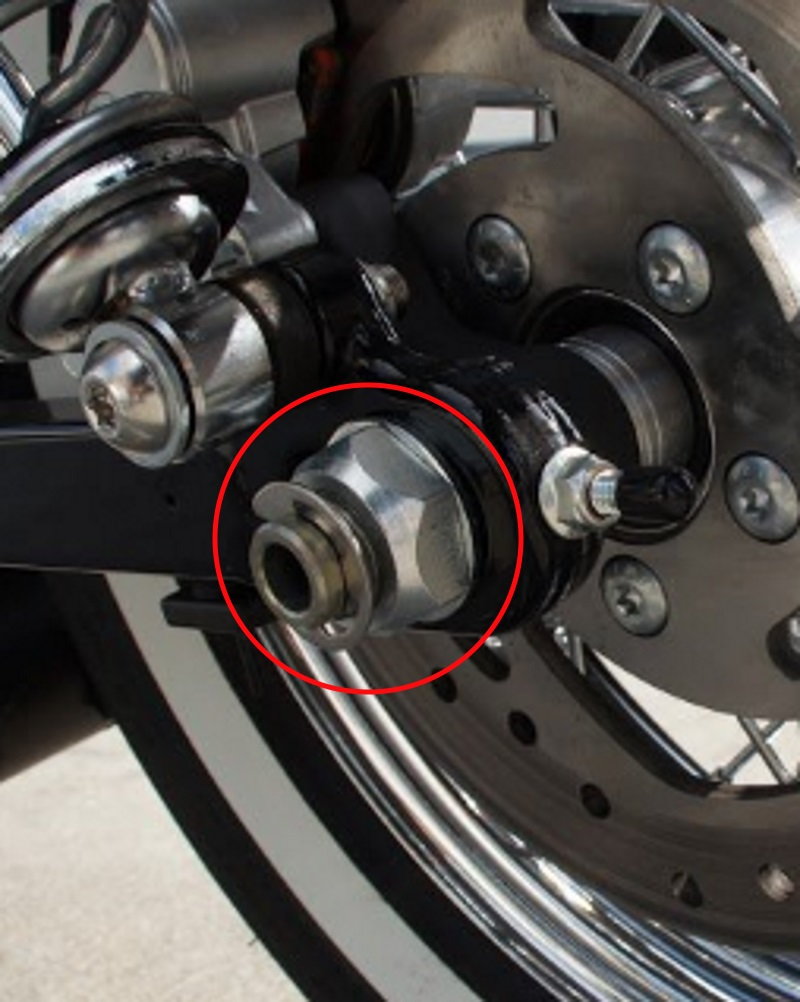
Primary Chain Auto Adjuster
In 2007, Harley Davidson implemented an auto adjusting primary chain tensioner. This primary chain wears and stretches in random areas during operation. Once the auto adjuster finds a section of chain with slack, it ratchets up and reduces it. The adjuster is not able to un-ratchet, which increases tension on the other non-stretched areas of chain. This excessive stretching has been known to cause transmission bearing failure, crankcase bearing failure, and transmission spline destruction. A fix is available from Hayden Enterprises known as the Hayden M6. This is a redesigned auto-adjuster that bolts into the factory adjusters location. Users have reported less vibration in the driveline and smoother shifts. If you'd like to adjust your primary chain manually, these types of adjusters are available as well.
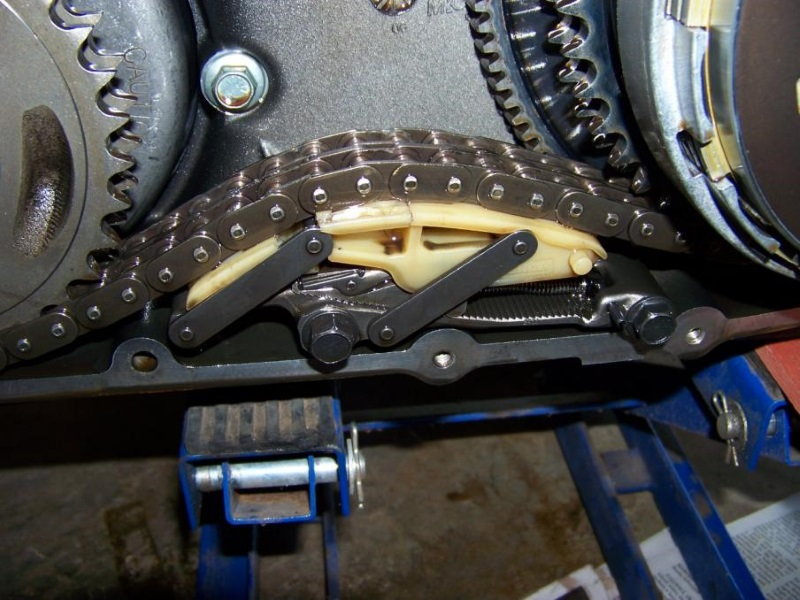
Figure 9. The auto adjusting primary chain tensioner from Harley Davidson. 
Figure 10. The Hayden M6.
Technical Service Bulletins (TSB)
All Harley Technical Service Bullitens and Safety Recalls can be looked up by bike VIN number directly on their site here.
Year 2000
- Service Bulletin No. M-1233: Also includes 2001, 2002, 2003, 2004, 2005, 2006, 2007, 2008, 2009
Component(s): EQUIPMENT - Fork Cap and Fork Tube Plug final torque change to 65 ft. lbs.
Year 2001
- Service Bulletin No. 54: Component(s): ENGINE AND ENGINE COOLING - Cam and Cam Timing may be incorrect after replacement camshafts are installed in the Support Plate. See information regarding TC-88 Camshaft Replacement.
Year 2005
- Service Bulletin No. 836: Component(s): FUEL SYSTEM, GASOLINE - Updated fitment regarding E.F.I. fuel cover.
Year 2007
- Service Bulletin No. SB-M-1220: Also includes 2008
Component(s): ENGINE AND ENGINE COOLING - Limited cylinder cooling when the engine is at idle and the motorcycle is stopped. - Service Bulletin No. M-1186: Component(s): ENGINE AND ENGINE COOLING , POWER TRAIN - 2007 Big Twin E.C.M. recalibration will minimize shock to the driveline.
- Service Bulletin No. M-1231: Components(s): ELECTRICAL SYSTEM - The starter fasteners may lose clamp load leading to hard starting.
- Service Bulletin No. M-1215B: Components(s): STEERING - Updated steering stem nut/washer to prevent loosening.
Year 2010
- Service Bulletin No. SB-M-1322: Also includes 2011, 2012
Component(s): EQUIPMENT ADAPTIVE - Unsecured attachment of saddle bags.
Year 2011
- Service Bulletin No.:HD-TT-434: Also includes 2012, 2013
Component(s): EXTERIOR LIGHTING - Daymaker headlamp experiencing low current on l.e.d. headlamp compared to halogen headlamp.
Related Discussions
- Softail Service Intervals - HDForums.com
- Fatboy Low Softail General - HDForums.com
- Cure for Harley Primary Adjuster Blues - HDOpenroad.com





